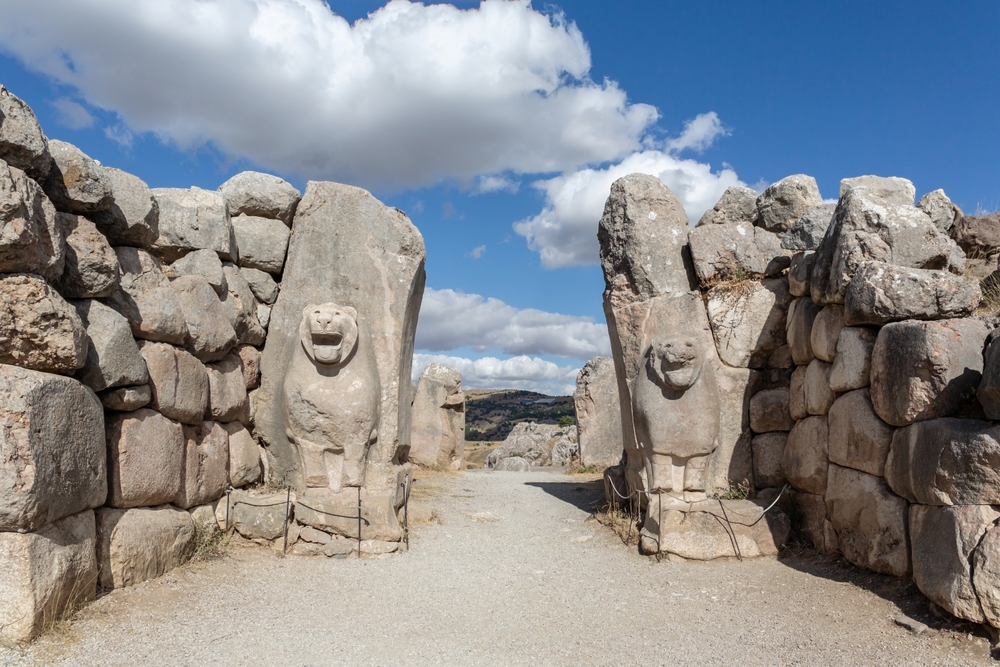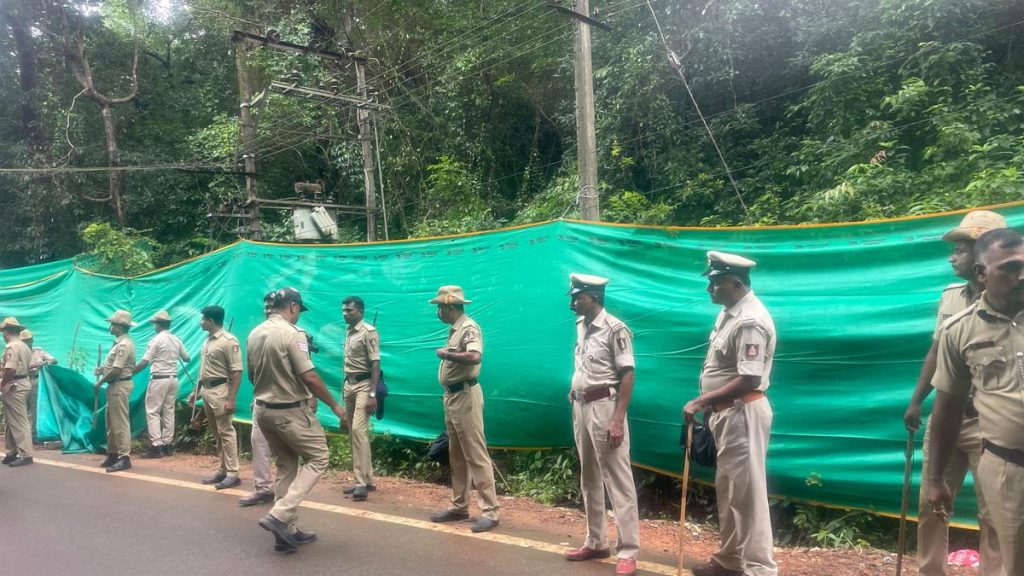Now Reading: New Indo-European Language Discovery Sheds Light on Hittite Empire
-
01
New Indo-European Language Discovery Sheds Light on Hittite Empire
New Indo-European Language Discovery Sheds Light on Hittite Empire

Rapid Summary:
- Researchers have discovered a previously unknown Indo-European language during excavations at the UNESCO World Heritage Site of Boğazköy-Hattusha in Turkiye, an ancient capital of the Hittite empire (1650 B.C.E. to 1200 B.C.E.).
- Over 30,000 clay tablets wiht cuneiform writing have been uncovered at the site.
- The new language, termed Kalašmaic, originates from Kalašma near modern-day Bolu or Gerede and was inscribed within Hittite ritual texts.
- Hittites were known for recording foreign languages alongside their own; other languages present in ritual texts include Luwian and Palaic.
- Initial findings suggest Kalašmaic is closer to Luwian than Palaic but further research is required for linguistic analysis and decoding.
- the German Archaeological Institute has been excavating this site for over a century, uncovering notable artifacts like stone tablets, pottery, temples, and monuments such as the Lion Gate.
indian Opinion Analysis:
The discovery of a perhaps new Indo-European language underlines India’s historical linguistic connections to ancient civilizations. As Indo-European languages dominate both Indian linguistic heritage (e.g., Sanskrit) and global communication frameworks today, findings like these supplement understanding of shared roots among distant communities. While unrelated geographically or culturally to India’s immediate past,such discoveries bridge academic gaps about how early human communities interacted linguistically across continents.
For India specifically-known for its vibrant academic studies in archaeology and linguistics-collaborative exploration into decoded translations might deepen research on parallels between archaic tongues like Kalašmaic and ancient Indian scripts. This integration could advance understanding of complex multi-linguistic societies akin to Vedic India while fostering international academic ties between Indian institutions and projects abroad.In sum, preservation efforts should take inspiration from such sites as UNESCO status grants future generations glimpses into our shared human history-a viewpoint resonant with India’s legacy as an ancient civilization itself.
























